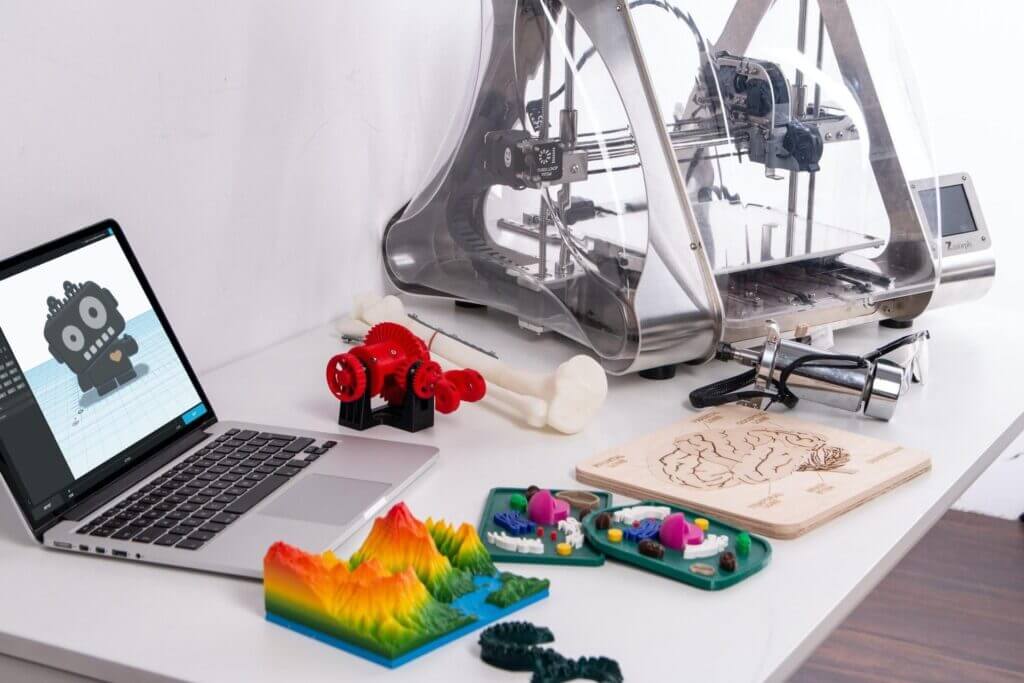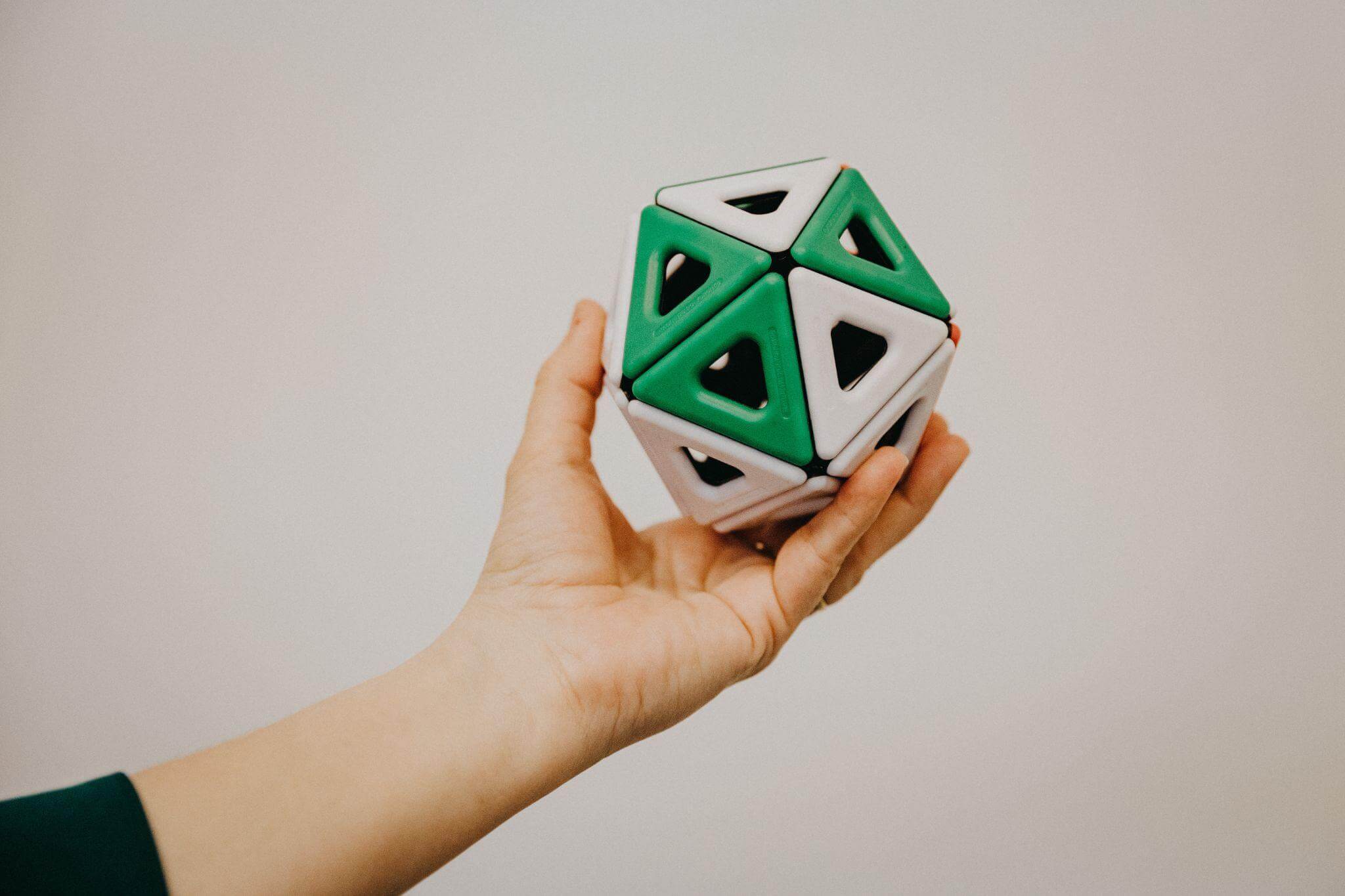Custom plastic injection molding technology is all around us, from the smallest of children’s toys to the fastest of racing vehicles. As a result of these and other benefits, injection molding has become more popular as a production method.
With this technology, molten plastic is injected into a mold to form the desired shape or plastic item. In today’s world, it’s one of the most common ways to mass-produce plastic items.
In fact, the first plastic molding machine was invented by John Wesley Hyatt in 1872, even though it seems like a relatively new invention. Since then, this machine, and its improved successors, have completely altered the plastic injection molding industry.
The approach is effective whether the component is a vehicle part, a vital piece of medical machinery, or a flashy button. But, what exactly sets it apart from more traditional molding methods?
A wide variety of items, ranging in size, shape, complexity, and surface treatment, may be manufactured utilizing the technique, making it useful in today’s rapidly developing technological landscape.

Contents
Ability to Maintain Accuracy When Working With Intricate Patterns
Plastic injection molding processes allow for the creation of complex patterns with many different features. High pressure in the injection molds presses the polymers more firmly, allowing for intricate molding. This enables a degree of accuracy in the creation of plastic objects with sophisticated design details that is just not achievable with traditional molding machines.
Any plastic component may be manufactured with an accuracy of 0.001 inches or better. Since the whole process is mechanized, even the most intricate patterns may be produced at a reasonable cost.
Increased Speed of Mass Manufacturing
Computer-aided design (CAD) and computer-aided manufacturing (CAM) techniques are used to create injection molds. Parts are manufactured based on these designs, which are made to the exact requirements of each individual client.
Once the molds are ready, the actual manufacturing process may go forward at breakneck speed. When compared with more traditional molding techniques, injection molding is very fast, especially at high production rates.
Time is not lost during the plastic injection procedure. Because of how quickly the technique works, a single mold may produce several identical components at once.
Extremely Powerful
The evolution of plastics is something to see. Strengthening, lengthening, and honing these qualities are a must in all fields of production. Nowadays, even in the roughest settings, plastic components that are both light and strong are often employed.
Plastic injection molding allows fillers to be added into the molds themselves, which is not feasible with traditional machinery. Silica, calcium carbonate, mica, alumina trihydrate, glass, clay, and many more are used as fillers because of their high strength-to-weight ratios.
These filters were chosen for their ability to increase the material’s rigidity and strength. Fillers like this lighten the load on the molding machine by lowering the plastic’s density. Parts being molded as a consequence of this have increased durability. Some additives additionally boost the polymers’ already impressive heat resistance.
Small plastic components that can withstand the rigorous conditions of their industries’ production processes are in high demand. In this respect, conventional molding machines fell short. However, with the advent of plastic injection molding, robust plastic components can be manufactured in large quantities.
Adaptability in Terms of Color, Texture, and Finish
In the plastics sector, the most crucial variables are the use of appropriate colors, materials, and finishes. Truly, the options are countless. An abundance of plastic resins has been discovered as research into polymers and contemporary technology has progressed. This results in a lot of options to choose from.
So, the best injection molding companies have extensive expertise in dealing with a wide range of resins and a thorough understanding of how to choose the appropriate resin for each given project. The following considerations influence the choice of resins:
- Force of traction;
- Resistance to an impact;
- Reflection of heat;
- Solubility in water;
- Elastic modulus during bending;
- There are several coloring methods available to impart hues to plastics.
Plastic injection molding technologies can allow for a variety of aesthetic outcomes, including a shiny surface, a matte one, or even one with a completely novel texture.
Final Thoughts
Custom injection molding is among the most viable choices for making plastic components because of its high degree of accuracy, speed of production, design and material flexibility, and low price. In the realm of contemporary plastic production processes, plastic injection molding is among the most adaptable methods.
The plastics industry is expanding. This adaptable material has limitless applications, but there are also serious ecological considerations that must be taken into account. Ecologists throughout the world are asking tough questions about how to best address the problems of plastic garbage buildup and the loss of diverse terrestrial and marine ecosystems.




